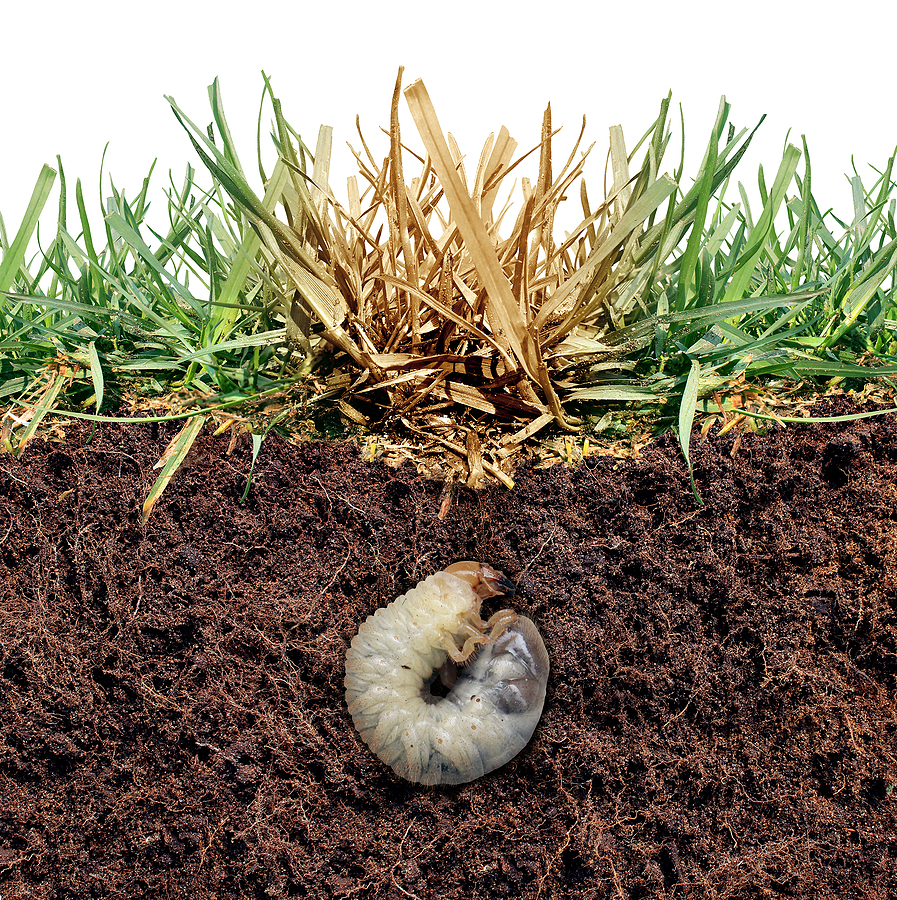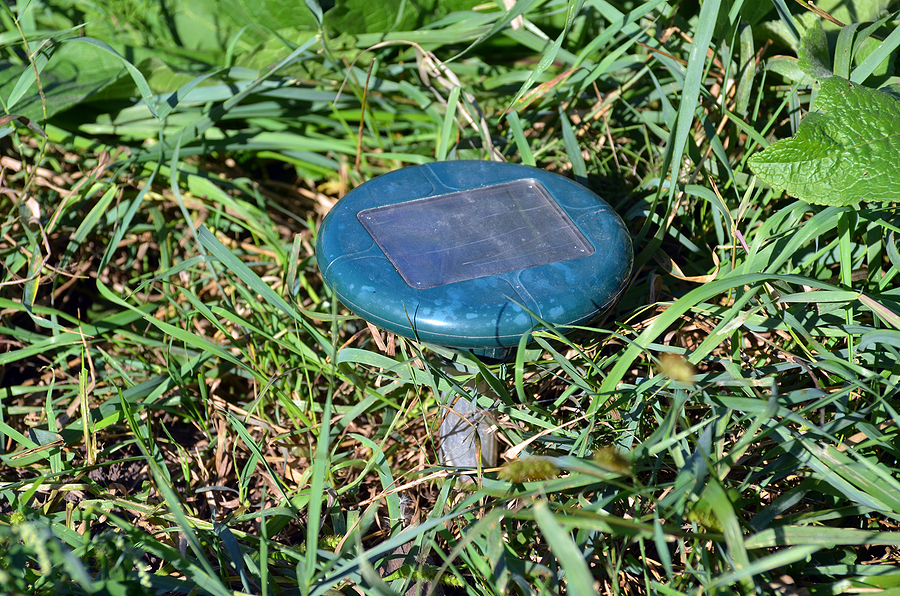Welcome to our deep dive into the fascinating world of yard moles and their intriguing underground diet. In this blog post, we will explore what exactly attracts these burrowing creatures to our lawns and how their diet influences their habitat choice.
We’ll unravel the mystery behind their preference for certain backyards over others and discuss the role of grubs in attracting these creatures. Lastly, we’ll arm you with effective strategies for grub control and mole control to safeguard your beautiful garden from these unwelcome guests. So, join us as we venture below the surface to discover the secret life of yard moles.

The Fascinating World of Yard Moles
Yard moles, also known as common moles or eastern moles, are small insectivorous mammals found in North America. These elusive creatures spend most of their lives underground, rarely ever seen by humans. But what exactly do they eat down there? Contrary to popular belief, yard moles do not feed on grass or plant roots. In fact, they prefer a diet of earthworms, grubs, and other soil-inhabiting insects. These insects actually play a crucial role in maintaining soil health and nutrient cycling.
Earthworms, for example, are known as “ecosystem engineers” because they create and maintain channels in the soil for water and air to flow, improving drainage and aeration. Grubs, on the other hand, are decomposers that break down organic matter and recycle nutrients back into the soil. Despite their essential role in the soil, these insects are often overlooked and undervalued. A deeper understanding of the benefits that soil-inhabiting insects bring can help ensure their conservation and protection for generations to come.
The Role of Grubs in Attracting Yard Moles
So why do some lawns seem to be more appealing to yard moles than others? The answer lies in the underground buffet provided by lawn grubs. These white, worm-like larvae of numerous beetle species are a delicacy for yard moles and a major factor in attracting them to your garden. Lawns that have a high concentration of grubs are like an all-you-can-eat buffet for these creatures, making them more likely to take up residence in your backyard.
Grub Control: The First Step Towards Mole Control
If you want to keep yard moles away, the first step is to control the grub population in your lawn. Regularly inspect your lawn for signs of grubs, such as brown patches and wilting grass. If you do find them, there are several effective methods for controlling them, including using insecticides or introducing natural predators like nematodes. Additionally, maintaining a healthy lawn through proper watering and fertilization can also help prevent grub infestations.
Mole Control Strategies
Besides controlling grubs, there are other strategies you can employ to keep yard moles out of your garden. One effective method is to use mole repellents, such as castor oil-based products or vibrating stakes that mimic the sound of predators. Another option is to install physical barriers, such as underground fences or mesh screens, to prevent moles from burrowing into your lawn. Additionally, you can hire a professional pest control service that specializes in yard mole removal for more severe infestations.
To Summarize
In conclusion, the underground diet of yard moles plays a crucial role in their habitat choice and attraction to our lawns. By understanding their food preferences and taking measures to control grubs, we can effectively deter these creatures from wreaking havoc on our gardens. With the right strategies for grub control and mole control, you can ensure a healthy and beautiful lawn free from unwanted moles. Don’t let these creatures have their way underground; take action now to protect your yard!
Do you need professional assistance with persistent yard moles in your lawn or gardens? Contact Mole Miners at 629-277-0933 for TWRA licensed and insured yard mole controls in Nashville, Tennessee. We serve all greater Nashville and Clarksville areas. Request a free estimate, today!
Related Posts:
Frequently Asked Questions About Repairing Molehills in the Yard
How to Keep Moles Out of the Garden: Tips and Tricks
Keeping Your Lawn Mole-Free: The Best Ground Mole Repellents

